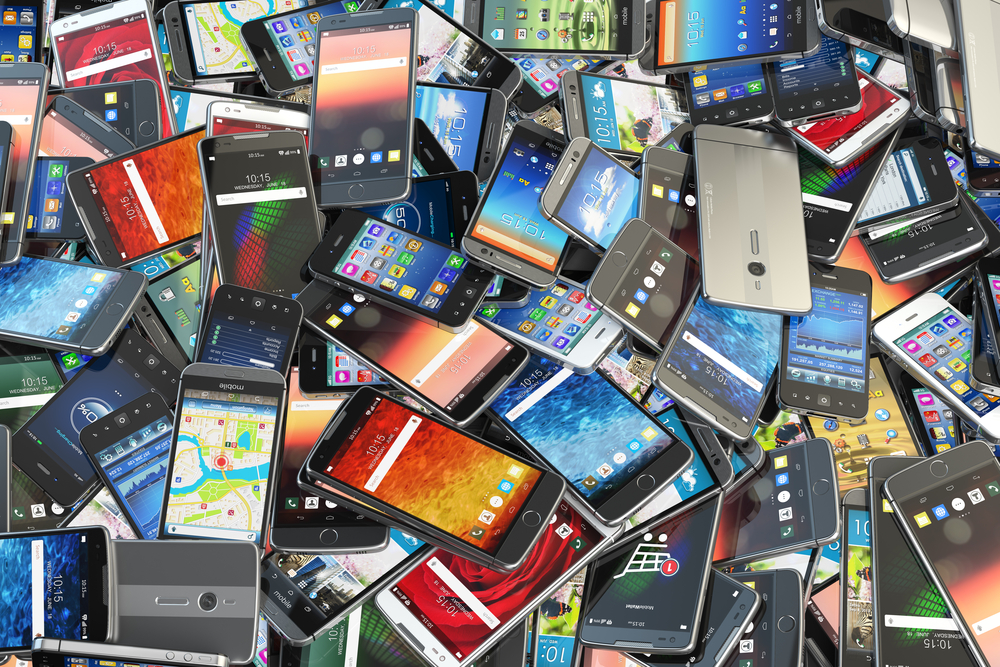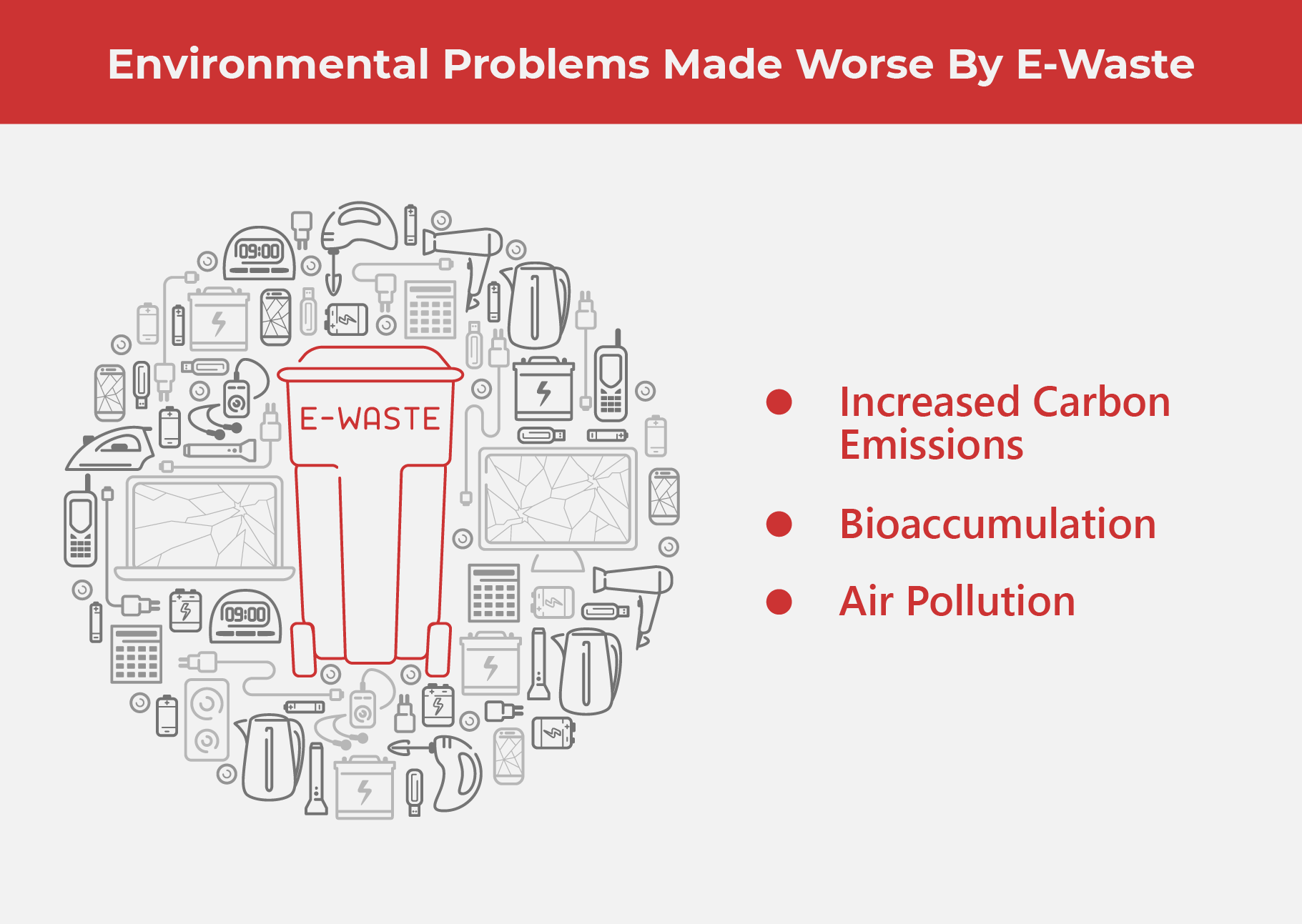Why Your Gadgets Are Built to Fail

Planned obsolescence is a pain, and in more ways than one. Here’s what it is, what problems it makes worse, and how we can do our part in fighting it.
A Built-In Expiration Date
Have you ever felt like your electronic devices no longer last as long as they used to? You’re not alone in thinking this, nor are you less prudent for wanting to go ahead and replace a computer that has slowed down after a couple of years. It’s all because of planned obsolescence.
Think of planned obsolescence like a manufactured expiration date for your electronic devices. At some point, usually after a few years, your gadget will no longer run the way it’s expected to. The machines slow down, weird kinks start emerging, and there is just no simple way to have these repaired by a regular electronics service center. Usually, the repairs may end up costing you more than replacing the device altogether. It’s a very common and frustrating scenario. And guess what? It’s deliberate.
Consumers replace electronic devices at an alarmingly quick rate. According to Investopedia, mobile phones are replaced every two to three years, as their components start to break down. Laptops start to slow down after three years, with many laptop owners buying new ones every seven years. Our old gadgets end up gathering dust in the back of our closets, or these get thrown out. While for us consumers, it can be very expensive to keep replacing old gadgets with new ones, the impact planned obsolescence has on our environment is an even bigger one: e-waste.
(Also read: Diving into E-Waste: Hard Facts and What You Can Do about It)
The Problem of E-waste
About 40% of e-waste is recycled, but what about the remaining 60%? The fact is, e-waste is non-biodegradable waste, and the accumulation of this on a global scale is something we all need to be aware of.

The World Economic Forum has provided some very alarming statistics about the amount of e-waste discarded in 2021. According to their study, about 57.4 tonnes of electronic waste was discarded, outweighing the Great Wall of China. The biggest culprits? Our ever-growing demand and consumption of devices like laptops and smartphones.
WEEE Forum’s Director-General Pascal Leroy says that it’s important to pay attention to the growing amount of e-waste being discarded because decreasing e-waste is an essential step in reducing harmful carbon emissions. He goes on to say that this is more important than ever. “Every tonne of waste electronic and electrical equipment (WEEE) recycled avoids around 2 tonnes of CO2 emissions. If we all do the right thing with our e-waste we help to reduce harmful CO2 emissions."
(Also read: COP26: Lessons Learned About Creating a Net Zero Future)
Apart from CO2 emissions, e-waste makes bioaccumulation worse. The mineral components that are built into every smartphone—copper, manganese, and tungsten, for example, are trapped into every discarded unit and end up poisoning soil and water when improperly disposed of.
What’s more, because these minerals are encased in smartphone units, recycling these become impossible, forcing more new minerals for manufacture to be mined. The director of UN’s Sustainable Cycles (SCYCLE) Programme, Dr. Ruediger Kuehr says, “Embedded in 1 million cell phones are 24 kg of gold, 16,000 kg of copper, 350 kg of silver, and 14 kg of palladium — resources that could be recovered and returned to the production cycle. And if we fail to recycle these materials, new supplies need to be mined, harming the environment."
Lastly, air pollution is exacerbated when e-waste is burned by incinerators. Toxic fumes are released into the atmosphere, and in large quantities pose many serious health risks such as lead poisoning.
Fighting Planned Obsolescence
Some manufacturers would like nothing more for consumers to just accept planned obsolescence as a fact of our modern life, but there are governments in the EU who are working on legislation to combat this. In a famous 2018 case, French prosecutors filed suit against Apple for planned obsolescence.
In the meantime, here are a few ways we consumers can work around it:
- If you can fix it, fix it – While it’s true that there are gadgets that we cannot repair on our own such as microwaves and smartphones, there are many electronic devices that we can. Free tutorials are readily available online for a number of these, and we need only to be more resourceful to make something good as new again.
- Up-cycling- Find new uses for old gadgets. This may require breaking it down to its components or original parts, but imaginative consumers may discover completely new and unexpected ways of using some older, useless devices for home décor or storage purposes. Many obsolete electronic parts have been used in art and sculptures.
- Re-purposing – Did you know that many phone chargers have ports that can fit into other devices? Check if your old phone charger can fit into devices such as Bluetooth speakers or wireless gamepads. Chances are, they will.
- FOSS regularly – Use FOSS (free open-source software) as much as possible. Branded software is usually updated often and our older gadgets’ hardware eventually becomes unable to support these updates. This is not a problem with FOSS, and most often, these are compatible with several different computer operating systems.
- Shop second-hand – This is especially handy and helpful when in a pinch and on a budget.
- Buy smarter – Going the extra mile and seeking out better products from other brands with longer-lasting products can help. Some of these brands may be “less popular” or less flashy than the bigger brands we’re used to but offer better, more durable products that last longer.
Shift your mindset – Sometimes our gadgets still run perfectly fine, but because of slick marketing, we can’t help but want the latest smartphone model. Thanks to perceived obsolescence, the adage “If it ain’t broke, don’t fix it” has turned into, “If it ain’t broke, just get a new one.” Sometimes it takes a great shift in our attitudes as consumers to control the ways we contribute to e-waste. Ask yourself: “Do I really need this new gadget?” before buying anything.
As one of the Top 21 EMS companies in the world, IMI has over 40 years of experience in providing electronics manufacturing and technology solutions.
We are ready to support your business on a global scale.
Our proven technical expertise, worldwide reach, and vast experience in high-growth and emerging markets make us the ideal global manufacturing solutions partner.
Let's work together to build our future today.
Other Blog



